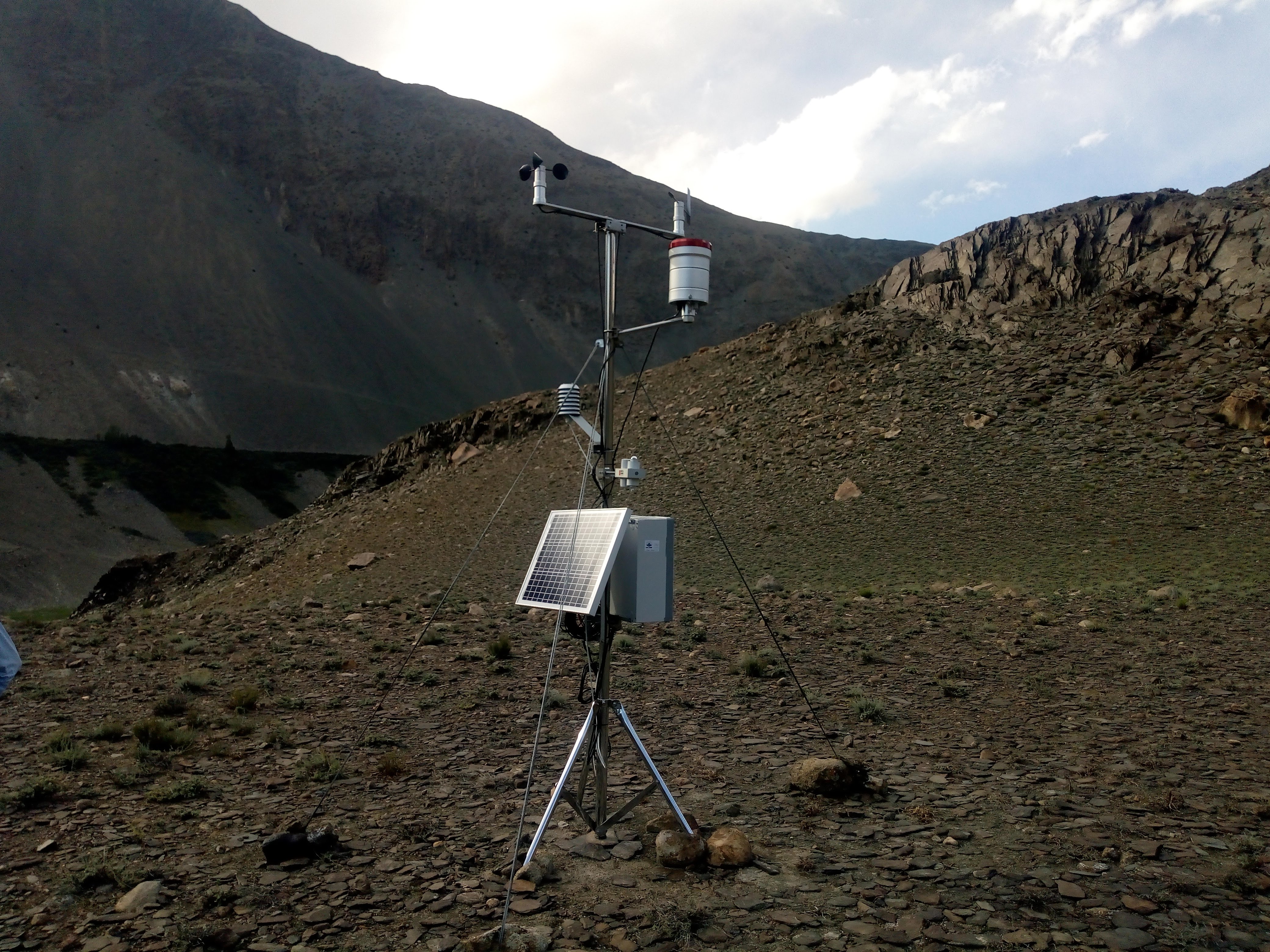Type
dataset
540 record(s)
Type of resources
Available actions
Topics
Keywords
Contact for the resource
Provided by
Years
Formats
Representation types
Update frequencies
Status
Scale
Resolution
-
The ISO19115 metadata standard is the preferred metadata standard to use. If unsure what templates to start with, use this one.
-
The ISO19115 metadata standard is the preferred metadata standard to use. If unsure what templates to start with, use this one.
-
The ISO19115 metadata standard is the preferred metadata standard to use. If unsure what templates to start with, use this one.
-
-
This dataset describes the data acquired with the GBGEOApp mobile application.
-
The ISO19115 metadata standard is the preferred metadata standard to use. This template is multilingual with a default language set to english. Other language could be used to translate part of the metadata record. Main language is define in metadata section. Other languages could be added to metadata section / locale element.
-

Borith Lake Station provides data (with a 60 minute time resolution) of the following parameters: - air temperature (°C) - relative humidity (%) - atmospheric pressure (hPa) - wind speed (m/s) - precipitation (mm/h)
-

-

-

An intensive measurement campaign was performed in June 2000 at the Mt. Cimone station (44°11' N-10°42' E, 2165 m asl, the highest mountain in the northern Italian Apennines) to study photochemical ozone production in the lower free troposphere. In general, average mixing ratios of important trace gases were not very high (121 ± 20 ppbv CO, 0.284 ± 0.220 ppbv NOx, 1.15 ± 0.8 ppbv NOy, 58 ± 9 ppbv O3), which indicates a small contribution by local pollution. Those trace gas levels are representative of continental background air, which is further supported by the analysis of VOCs (e.g.: C2H6 = (905 ± 200) pptv, C3H8 = (268 ±110) pptv, C2H2 = (201 ± 102) pptv, C5H8 = (111 ± 124) pptv, benzene = (65 ± 33) pptv). Furthermore, significant diurnal variations for a number of trace gases (O3, CO, NOx, NOy, HCHO) indicate the presence of free tropospheric airmasses at nighttime as a consequence of local catabatic winds. Average mid-day peroxy radical concentrations at Mt. Cimone are of the order of 30 pptv. At mean NO concentrations of the order of 40 pptv this gives rise to significant in situ net O3 production of 0.1-0.3 ppbv/hr. The importance of O3 production is supported by correlations between O3, CO, NOz, and HCHO, and between HCHO, CO and NOy.
